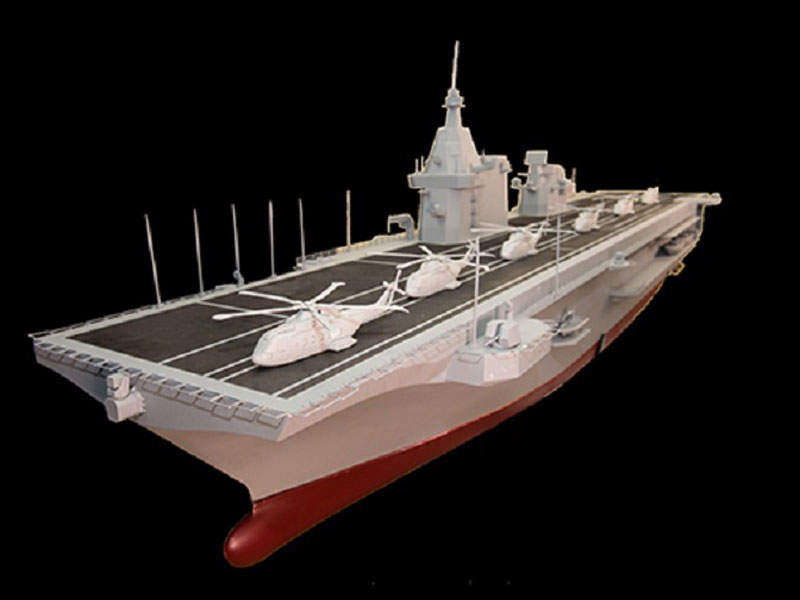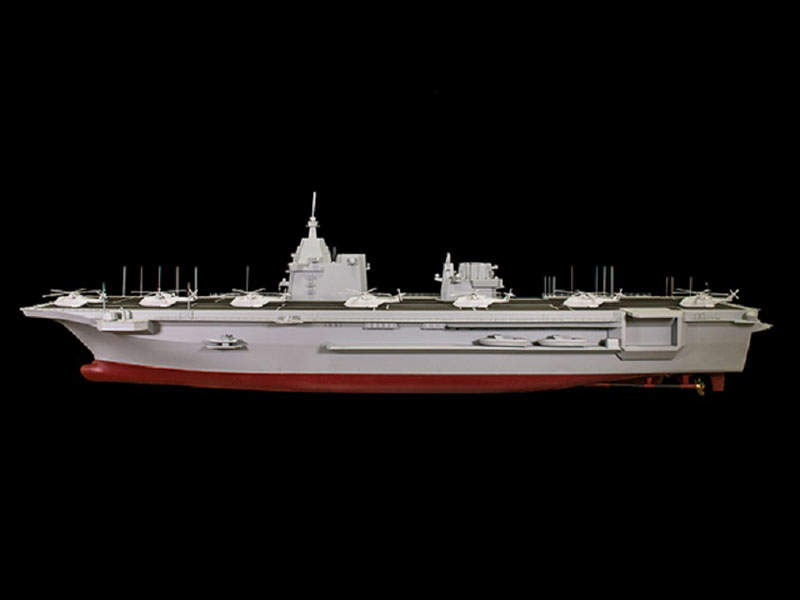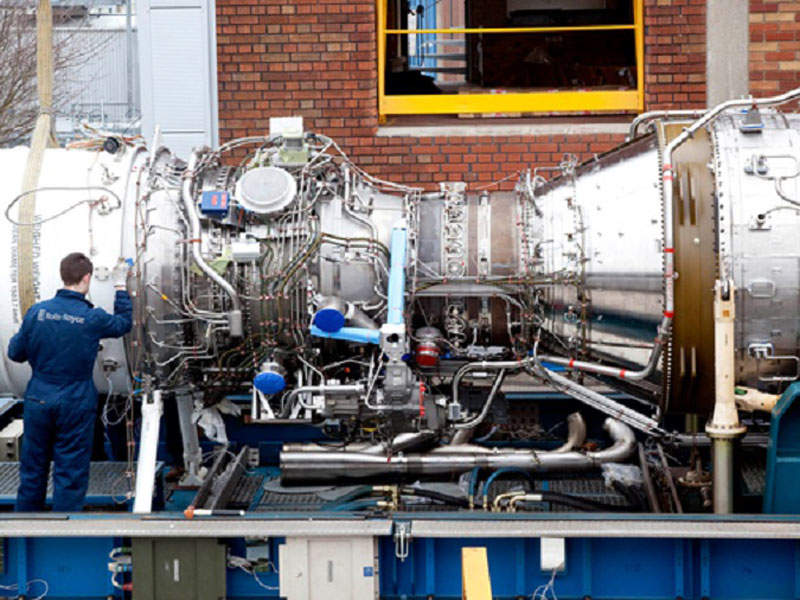Trieste is a landing helicopter dock (LHD) being built by Fincantieri at its shipyard in Castellammare di Stabia for the Italian Navy.
The amphibious ship is primarily intended for the transport and landing of troops, military vehicles, logistics equipment, cargo and supplies.
Trieste can also be used as a healthcare and hospital support facility, drinking water facility and power supply unit.
A consortium comprising Fincantieri and Finmeccanica (now Leonardo) known as Raggruppamento Temporaneo di Impresa (RTI) was awarded a contract worth approximately €1.1bn ($1.2bn) by the Ministry of Defence for the vessel’s construction in July 2015.
Rolls-Royce was subsequently contracted to supply two MT30 gas turbines for the multi-purpose amphibious LHD in March 2016.
Factory acceptance testing of the ship’s first gas turbine was completed in February 2017.
The steel-cutting ceremony for the Trieste LHD was held in July 2017 and the ship was launched in May 2019. The vessel is scheduled to be delivered to the Italian Navy in 2022.
Technical specifications of the Italian Navy’s LHD
The LHD is approximately 245m-long and 36m-wide, and will have a displacement of approximately 22,000t.
Trieste will be classified by RINA Services and has been designed to comply with international standards for pollution prevention.
The new multi-role amphibious ship will have the capacity to carry 1,064 personnel, including crew and transported personnel.
Cargo capacities of Trieste
The amphibious ship will feature a garage deck capable of housing wheeled and tracked vehicles, offering up to 1,200 linear metres of storage.
Trieste will also provide a continuous open deck and wide embankment zones of approximately 4,500m² within the dock-garage and hangar-garage.
The open areas will facilitate the loading of wheeled vehicles of various kinds, in addition to containers and helicopters in support of military and civil missions.
The vessel’s cargo space will be accessible via stern and side ramps, while the internal ramps and elevators will support the handling of cargo on-board.
It is designed to land personnel, vehicles and supplies in ports and poorly equipped areas through on-board vessels, such as the small landing craft mechanised (LCM) units, which feature a load capacity of up to 60t.
The ship can launch and recover up to four craft, including LCMs, rigid hull inflatable boats (RHIBs), landing craft air-cushions (LCACs) and landing catamarans (L-CAT) via a flooded basin at the stern of the vessel.
Armament
The armament fitted on-board the ship will include three Oto Melara 76/62 Super Rapid (SR) gun mounts, three Oto Melara KBA 25/80mm cannons and various 12.7mm small calibre guns.
The ship can also be installed with a vertical launch system (VLS) to facilitate the firing of surface-to-air missiles.
Flight deck of Trieste
The flight deck can be equipped with a landing deck to support a range of helicopters, such as AW101, or a mix of SH90A and W129D helicopters. The deck will feature up to nine landing spots.
Accommodation
The amphibious ship will feature more than 1,000 berths to accommodate specialised staff and civilian personnel.
It will also feature a fully equipped hospital containing operating rooms, radiology and analysis rooms, a dentist’s office and quarters to house up to 28 seriously injured patients.
Additionally, the ship can be integrated with duly equipped container modules to accommodate more patients if necessary.
Propulsion
The Trieste LHD will be powered by a combined diesel and gas turbine (CODOG) propulsion system featuring two diesel engines, two Rolls-Royce MT30 gas turbines and two electric motors.
Each MT30 gas turbine will generate between 36MW and 40MW of power.
The ship will also feature four diesel generators, each delivering 5.2MW of power to shipboard systems and electrical motors.
The propulsion system will provide a maximum speed of 25k and a range of approximately 7,000 nautical miles.






